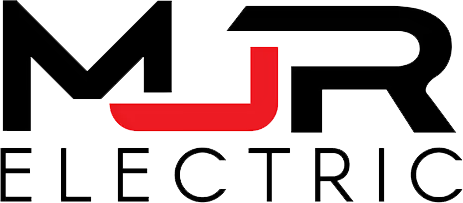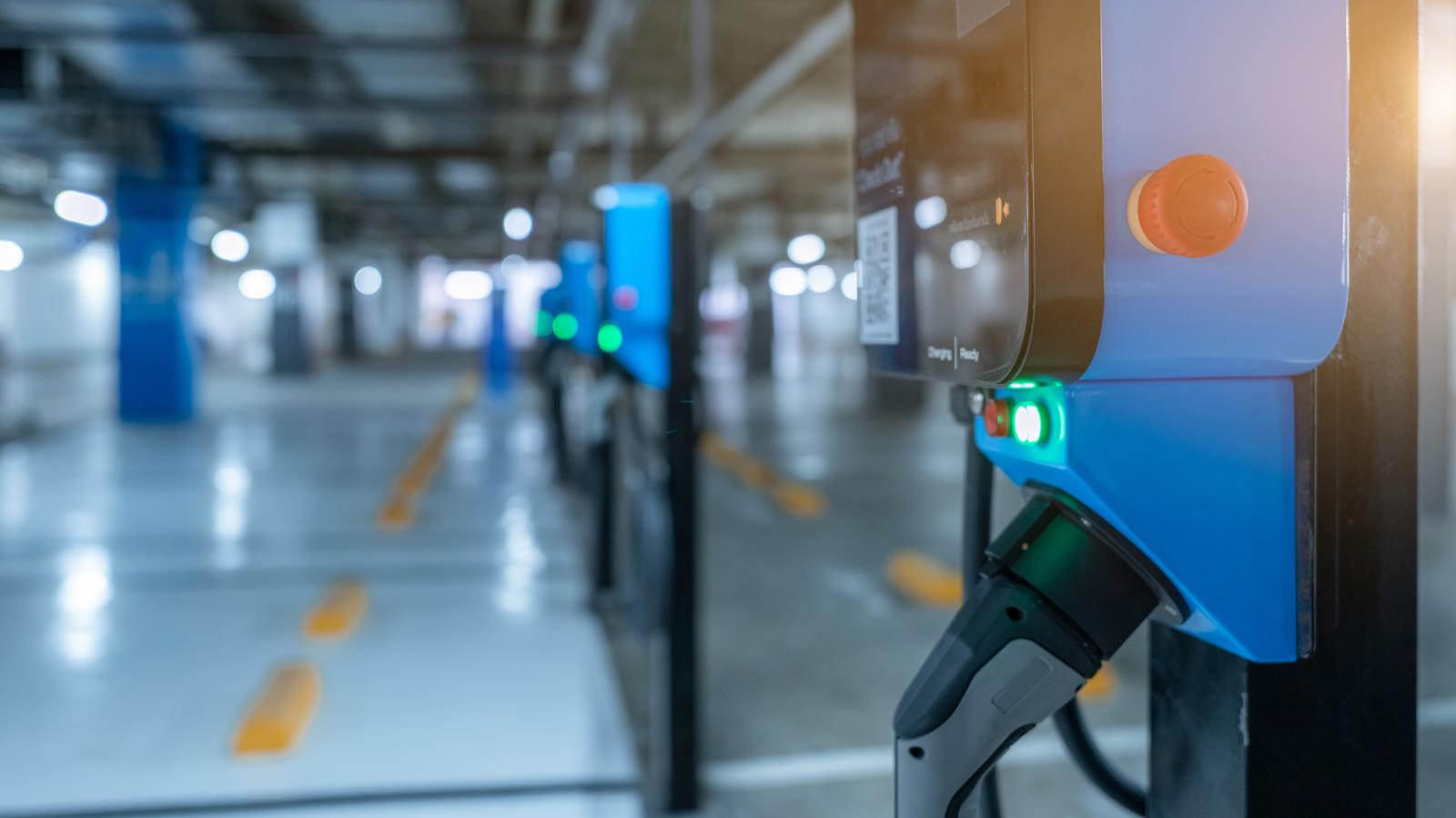We’ve been getting a lot of requests lately from people who want to install EV chargers in their homes. If you have a 200 amp service, you can easily run a 60 or 50 amp circuit to the NEMA 14-50 plug or EV wall connector. Even if your EV only requires a 32 amp outlet, it’s always best to get bigger wire than you need. It may cost a little bit more upfront, but in the future you may get a second car or different EV that will need more amps.
If you’re looking for a cheaper option when it comes to electric car chargers, you might want to consider the NEMA 6-20. Even though it charges more slowly, you can connect a bigger cable to it which will save you time and money in the long run. If you upgrade your electrical panel, later on, you won’t need to rewire the circuit to get the minimum charging time. For more information book your consutlatation with MJR Electrical professionals.
Installing EV charger with 200 amp electrical panel
Let’s see what options you have
Charging at level one
The average car is driven only 50-80 km/day, so the Level One charger (which comes with electric car) should suffice. It plugs into a dedicated standard house plug and can charge the EV at 12 amps/1.4 kW. This means it will deliver around 60 kilometers in an 8-hour overnight charging time. Most people will have their car at home for more than 8 hours a day, so generally speaking, this very slow charging should be enough to get you by. On some days you may drive more, and won’t be able to recharge your EV fully, but as long as you don’t keep doing long drives days 3-4 days in a row, you’ll make it back home just fine.
Change dryer or stove to gas one
Most houses come with a 30-amp circuit for a dryer, but it can be easily switched to a natural gas dryer. Not only is it cheaper to use, but it can save money in the long run. The only downside is that you will need to get a natural gas line installed in your laundry room. The price for adding the natural gas line will depend on how far away the gas pipes are from the dryer.
If you want to be able to charge your car at home, you’ll need to lighten the load on your home’s electrical system first. You can do this by removing some high-amp appliances, like an electric dryer. Then, you can install a minimum 32-amp (7.6 kW) EV charger by working with an electrician to run a line from where your old dryer was plugged in to where you park your car. Not only will you be able to charge your car at home, but you’ll also save some money in the process!
Electric Vehicle Energy Management System
Electrical code stipulates that your panel must be equipped to handle every appliance being turned on at once – though there are a few exceptions. In reality, you would never have everything turned on at the same time. There is a device called the DCC-9,10,12 which goes in your electrical panel and kicks the charger off when the panel load reaches max capacity. The only downside is that it costs around $1,500. But, in some cases it can be cheaper than upgrading your service.
There are many reasons you might want to increase the amperage capacity in your house. For example, if you anticipate needing to power more devices in the future or if you want to improve your home’s resale value. Additionally, having a higher amperage allows you to use appliances that require more power, such as air conditioners and electric vehicles.
Contact MJR Electric for professional electrical services in Vancouver.
MJR Electric specializes in any small commercial or residential jobs, located all mainly in the Vancouver and Okanagan area of British Columbia. We have a determined vision to reduce carbon emissions through avenues like solar and LED lighting. We see the demand and potential to provide charging stations for electric vehicles, as well as information for EV incentives.
Source: https://www.electricianintoronto.ca/installing-ev-charger-with-100-amp-electrical-panel/

